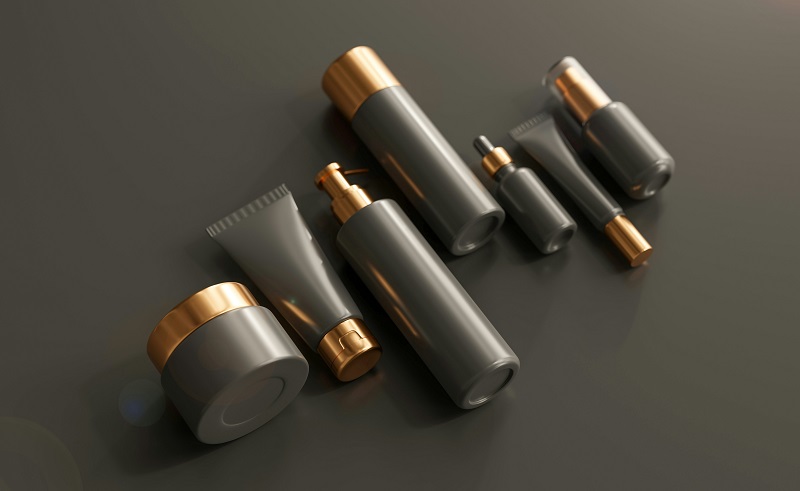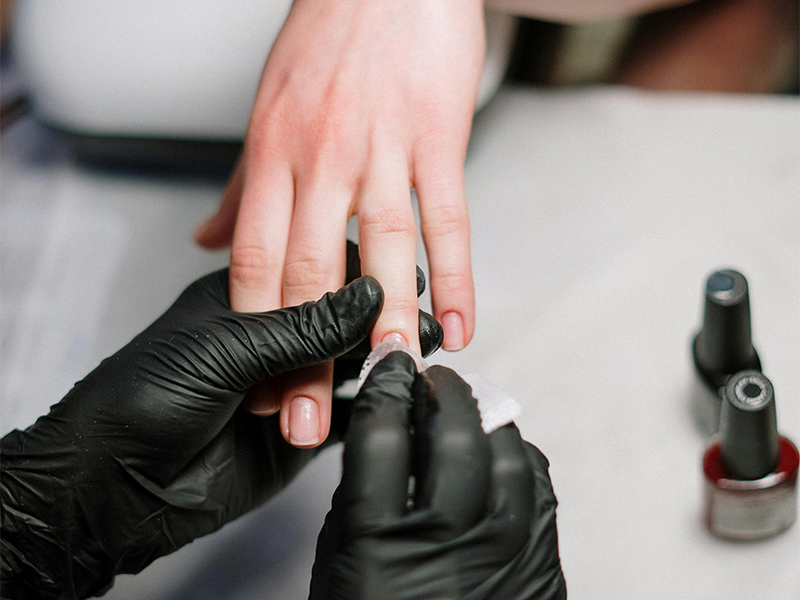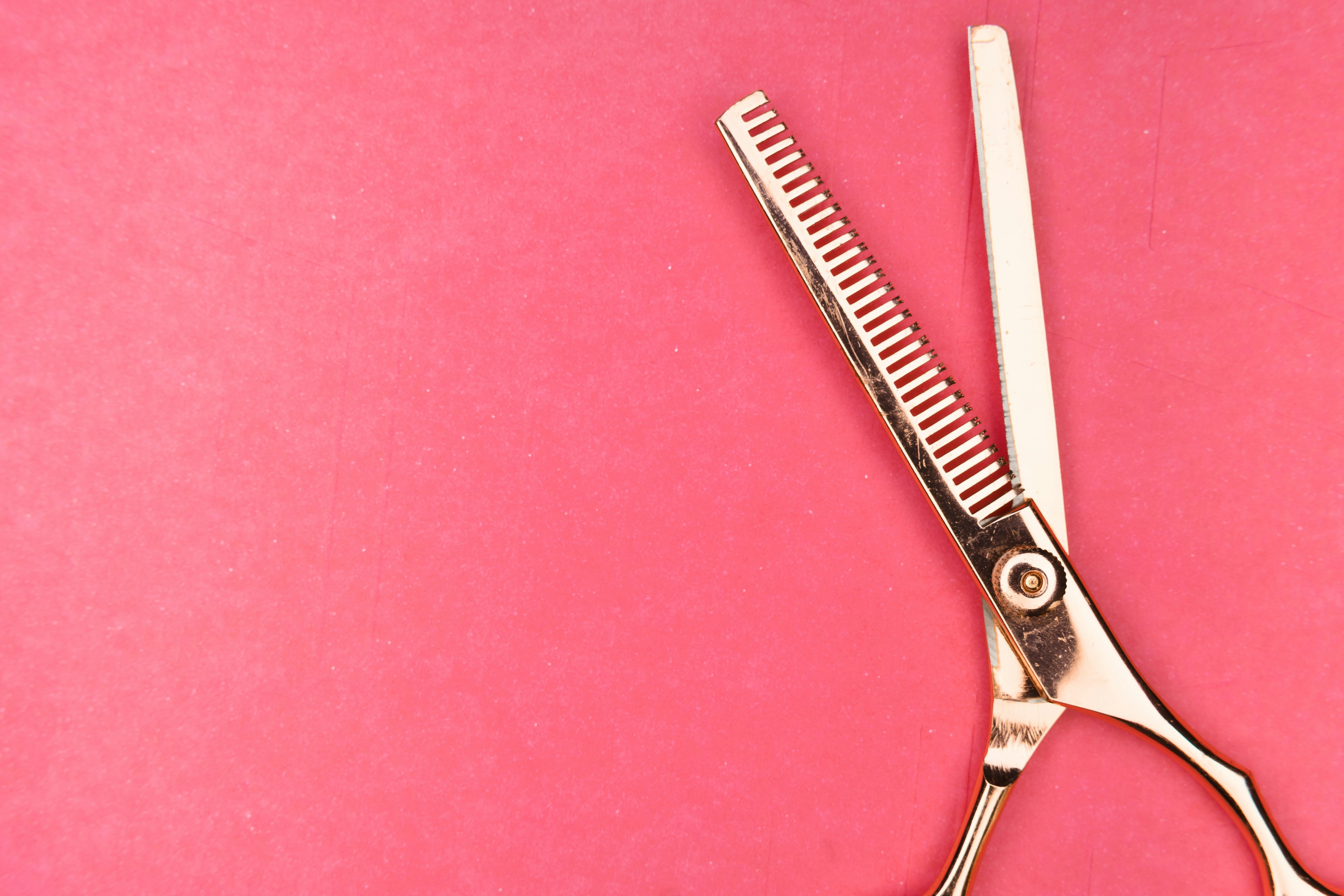Perfume is one of the most popular forms of fragrance, blending excitement, allure, and captivation of the senses. The art of making perfume has been around for centuries, and there have been many ways to create it over the years.
How to Make Perfume: The History
The history of perfume creation is believed to date back to ancient Egyptian times when spices and floral extracts were used to create perfume. Perfumes were often used to improve the moods of people, and to mask and spray unpleasant smells. In those days, perfume was made by combining different ingredients in an alembic, which is a type of still.
Over the centuries, the process of making perfume has changed somewhat, but the basic principle remains the same. Perfume is now usually made by dissolving aromatic compounds in alcohol or water. Obviously, an alcohol-based perfume is stronger than one with a water base. These solutions are then poured into containers and left to age. The longer they age, the better the aroma will be.
There are many different types of perfume, each blending together various additives to create its own unique perfume. Some are designed to be sprayed on during the day, while others are meant for evenings out. There are also perfumes designed for special occasions, such as weddings or parties. Perfume is a popular gift idea, blending popularity with thoughtfulness.
How to Make Perfume: The Methods
There are three main methods for making perfume:
- extraction
- enfleurage
- macer
Let's look at these individually, before we start on a guide to the process of creating the perfume itself.
Extraction
This is perhaps the most commonly used method. It involves extracting oils from plants, using a variety of methods including steam distillation, solvent extraction and CO2 extraction. The resulting oils are then used to create the perfume.
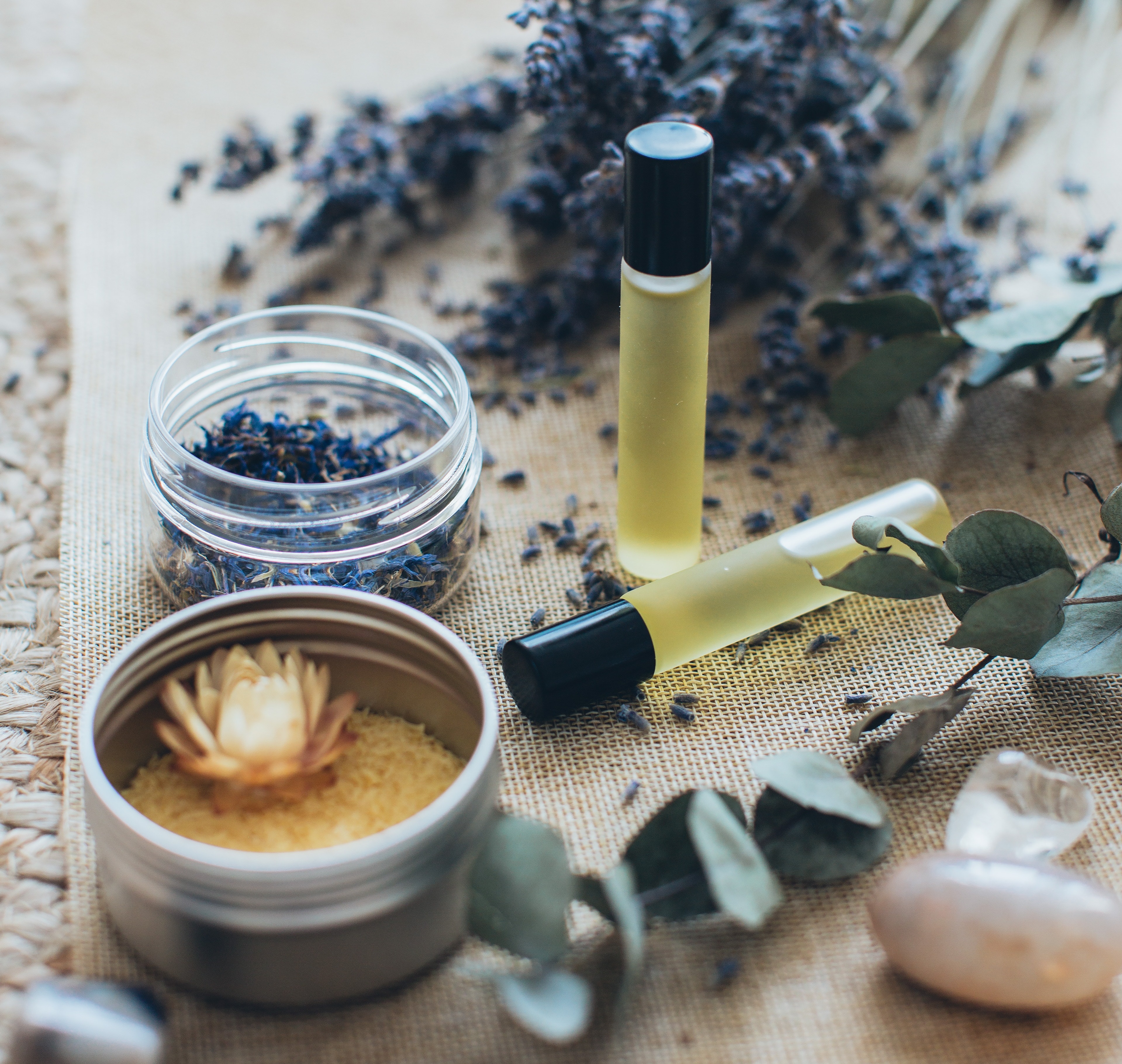
Enfleurage
This is a traditional method of extraction from flowers. It involves soaking the petals of flowers in oil to absorb their scent. The oil is then removed, and the process repeated with fresh petals. This can be done several times until the desired strength is achieved.
The enfleurage process is time-consuming and requires a lot of flower petals, so it’s a relatively expensive way to produce perfume. However, it gives a purer result than other methods, such as distillation.
Maceration
This is another process of extracting oils from plants. To macerate a plant, use this guide:
- Soak the plant material in a solvent for a period of time, typically anywhere from 24 hours to several weeks
- Filter the plant material out of the solvent
- Repeat the process until you have extracted as much of the plant's oils as possible
Because it is relatively simple and does not require expensive equipment, this method is quite popular. However, it can be time-consuming, and the final product may not be as pure as an oil that has been extracted using other methods.
The Results
Let's look at how to make perfume with the results of the above processes. As mentioned, the above processes create:
- essential oils
- perfume bases
- absolutes
Essential Oils
These are made from the leaves, flowers, bark, or other parts of plants, and they contain the scent of the plant. To make perfume with oils, you will need a carrier oil like jojoba oil or sweet almond oil, an essential oil blend, and a diffuser. First, mix the oil blend in a glass bottle. Then, add 4-6 drops of the mixture to your diffuser and enjoy your homemade perfume!
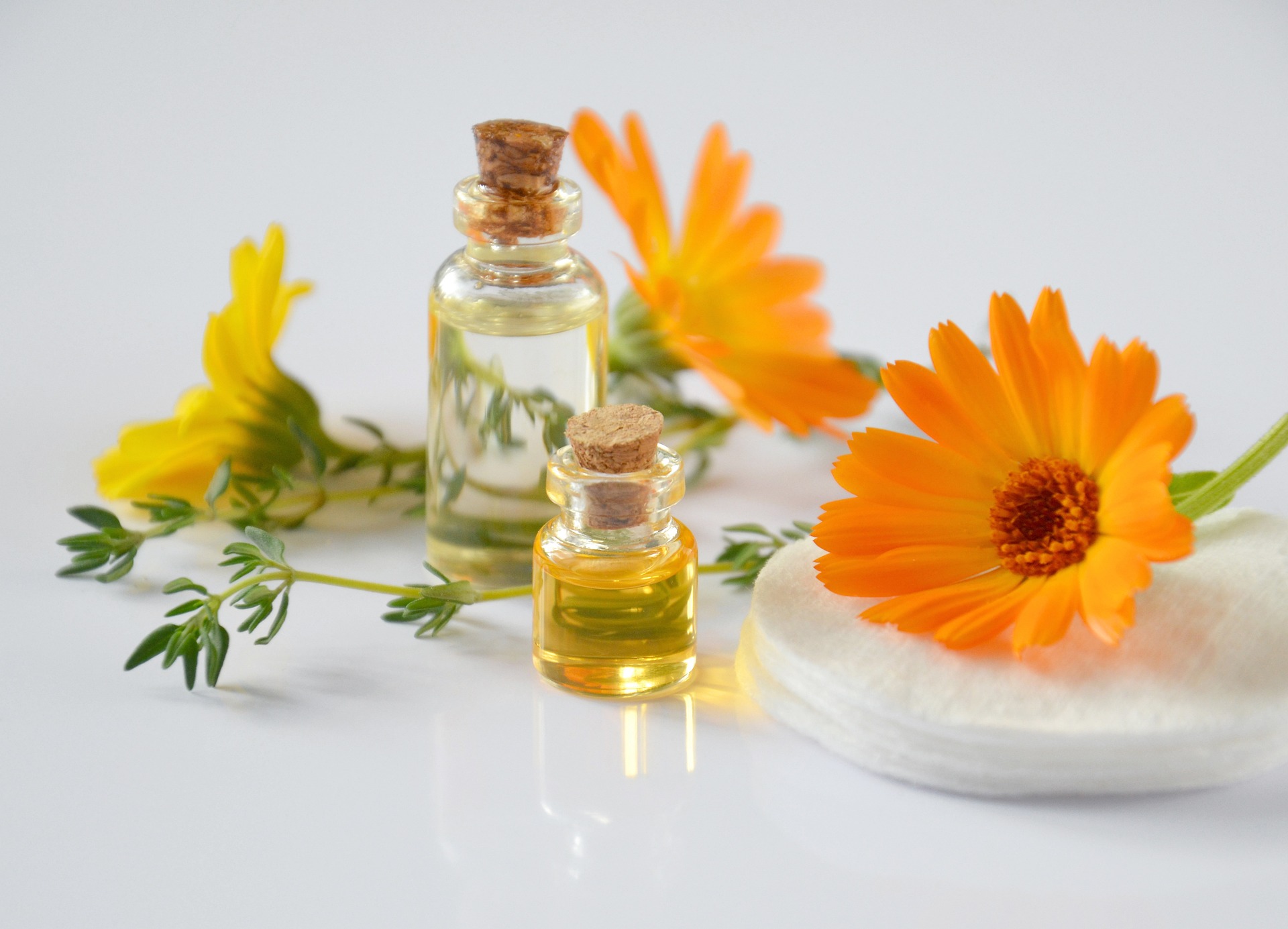
Perfume Bases
Perfume bases are pre-made fragrances that you can buy at any store that sells perfumes. To make perfume with a base, you will need a base scent, a modifier, and a fixative. Mix everything together in a glass bottle and use 4-6 drops of the mixture in your diffuser.
Absolutes
Absolutes are made from the whole plant rather than just the oils, and they are extremely concentrated. To make perfume with absolutes, you will need an absolute blend, a carrier oil like jojoba oil or sweet almond oil, and a diffuser. First, add the absolute blend to the carrier oil in a glass container. Simply add 4-6 drops of the mixture to your diffuser and enjoy your home filled with the heady wafts of your creation.
Creating Your Own
If you want to make your own perfume, start by following this guide:
- Choose your fragrance notes
- Mix your ingredients together
- Bottle and label your perfume
With just a few simple ingredients and some creativity with notes that appeal to you, you can have homemade perfume ready to spray on as your mood dictates!
Conclusion
Creating your own perfume is a fun, easy, and affordable way to get the aroma you want. You can choose from a variety of additives and notes to create a unique blend that's all your own, using alcohol or water. Not only will you save money, but you'll also know exactly what’s in your perfume. With your new-found knowledge, start mixing up your own signature perfume now!






